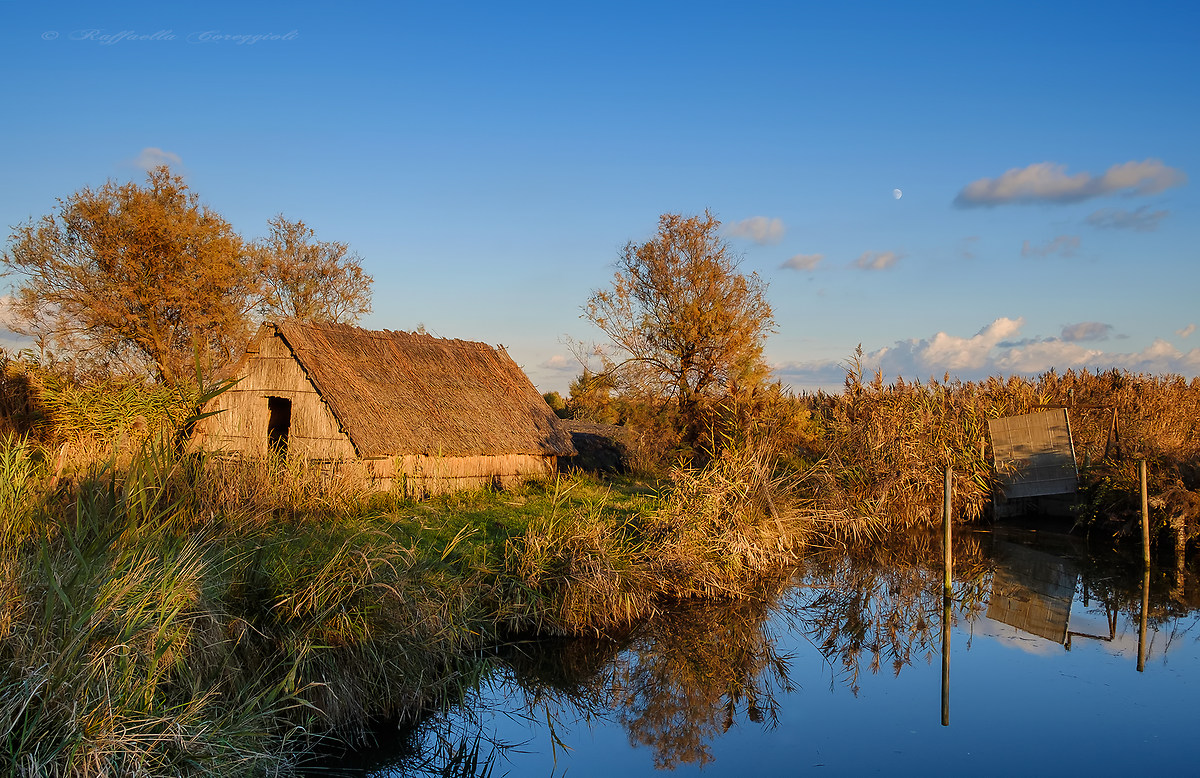

Valle Averto Nature reserve, which covers 200 hectares of the Veneto Lagoon, is located in the town of Campagna Lupia and is managed by WWF volunteers. The reserve is unique in its kind as it sits on a portion of the lagoon used for ‘vallicoltura’, a particular type of fish farming that has been practiced along the Adriatic coast for centuries.
Part of a delicate ecosystem, these places of dreamlike beauty can be discovered thanks to guided tours that will take you on a journey into wildlife and nature, amongst which you will see salicornia and tamarisk but also sweetwater or saltwater canals hidden by cane fields, reeds and water lilies. Birdwatching aficionados will find that Valle Averto is an excellent destination for bird sightings as many species find refuge in the area’s lush vegetation. Small observation towers hide under the thick foliage of poplars, alder trees, ash trees and oaks and offer a place where you can observe the local avifauna without endangering any species.



Professionals and wildlife-enthusiasts alike will enjoy learning about the species that populate the area thanks to the several signs that are scattered along the trails. If you are lucky enough, during the seasons of spring and summer, you will be able to spot red herons, red-crested pochards, marsh harriers, black-winged stilts and kingfishers. During wintertime, it is easy to observe species such as the great egret, the grey heron, the buzzard and the sea eagle. Valle Averto’s woodland provide valuable habitat for a rich variety of small mammals such as beech martens, weasels and badgers.


The area is also home to Casone di Villa Zappa, a Nordic-style building that little has to do with traditional hunters lodges but that somehow blends in perfectly with the surrounding environment. Its round lines resemble sea waves, the colours seem to have been inspired by the soft feathers of little birds and its meticulously cared-for garden seem to belong in the lagoon. Each of its details made the building a place where time stands still and this statement is particularly true at sunset; it is not a coincidence that Ernest Hemingway and Salvador Dalì chose to spend their holidays between those walls.